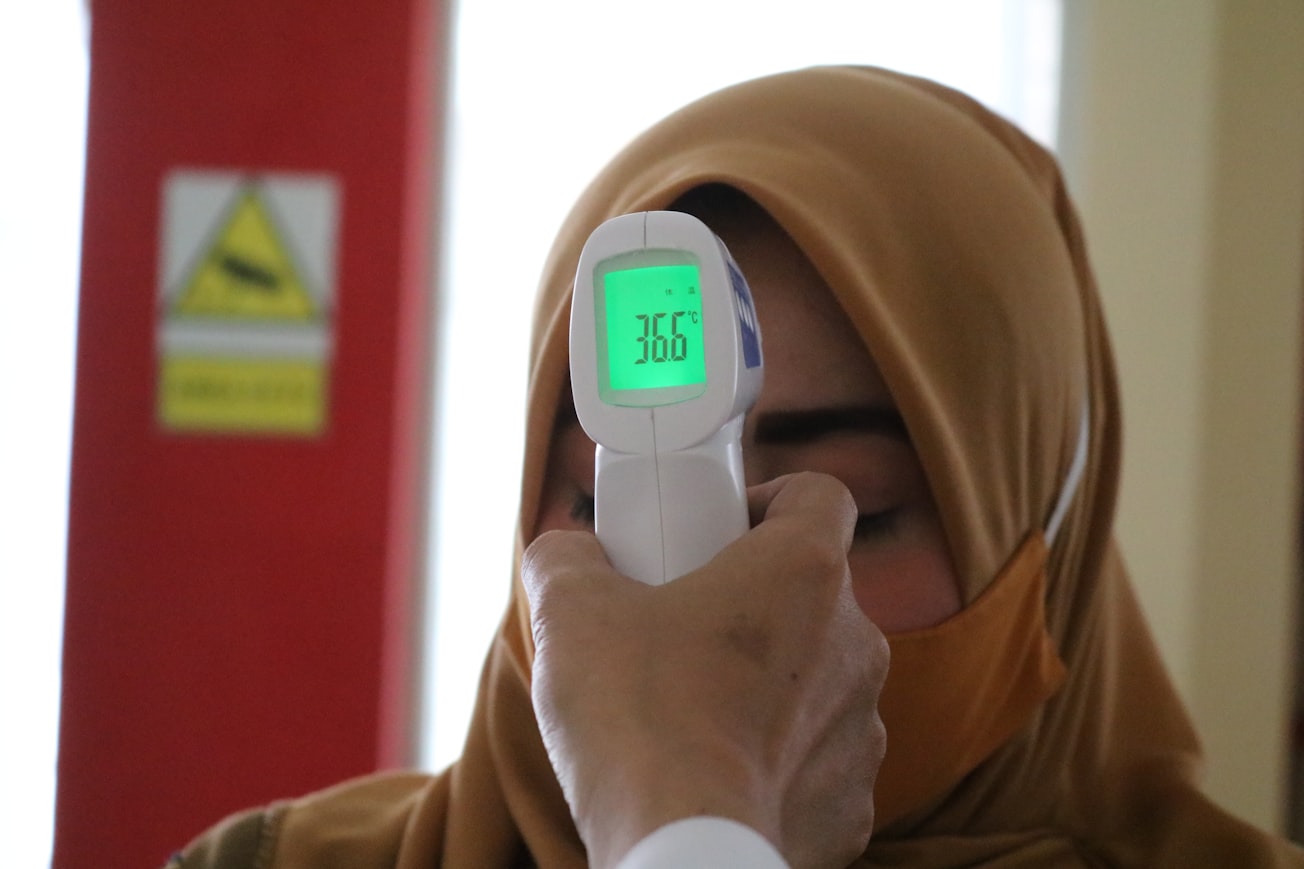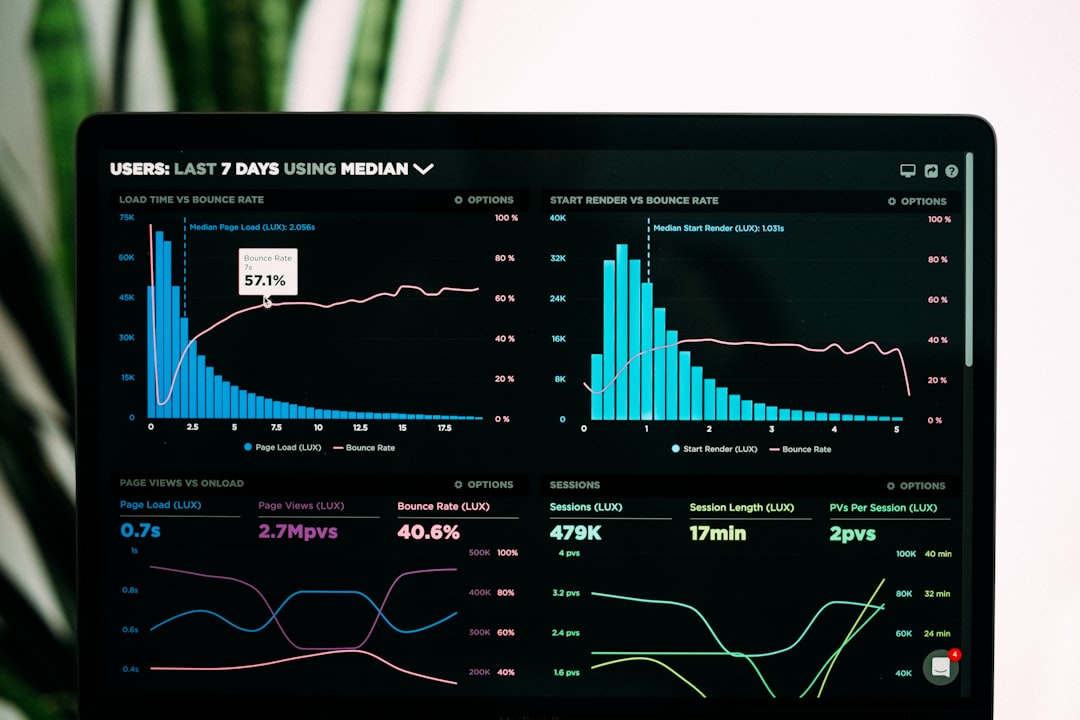What is it about?
Major individual differences in body temperature exist and mean normal body temperature is much lower than what is currently assumed to be "normal." We found the mean body temperature of men and women ages 18-67 to be 36.1˚ C (97.0˚ F) -- quite a bit lower than what is currently used as the "normal" body temperature (37.0° C or 98.6° F). Thus, for most people 98.6˚ F constitutes a fever. Over 3/4 of our participants had mean body temperatures at least one degree lower than 98.6˚F. Individual differences in body temperature were large; mean temperatures ranged from 35.2° C (95.4° F) to 37.4° C (99.3° F). Although body temperature varied widely across individuals, it showed marked stability within individuals over days. Variability of temperature over days did not differ by sex, but was larger among younger adults. Mean temperature did not differ by age, but women generally had higher temperatures than men, even within a couple.
Featured Image

Photo by Mufid Majnun on Unsplash
Why is it important?
Using 37.0°C (98.6°F) as the assumed normal temperature for everyone can result in serious healthcare errors for the majority of the public (since most people's normal body temperature is less than 97.5° F [less than 36.4° C]): (1) Clinicians failing to detect a serious fever. (37.0°C [98.6°F] is a serious fever for many people.) (2) False negatives obtained when using temperature to screen for COVID-19, mistaking an elevated temperature (of 98.6° or 99°) as normal.
Perspectives
Personalizing body temperature is needed. Using any standardized “normal” temperature will lead to errors for many people. Individual differences are simply too great. Temperature could be measured at yearly doctor visits, just as blood pressure is now. That would be simple to implement. Or, individuals could take their temperature once, or a few times, each year, and keep a record of that, so they can show their doctor what their normal temperature really is. Since our results show marked thermal stability within an individual over days and weeks and between a.m. and p.m. readings, sampling temperature only once yearly could provide an accurate indication of a person’s normal temperature. Such records over time would also provide a more accurate understanding of how temperature changes over the lifespan.
Adele Diamond
The University of British Columbia (UBC)
Read the Original
This page is a summary of: One size does not fit all: Assuming the same normal body temperature for everyone is not justified, PLoS ONE, February 2021, PLOS,
DOI: 10.1371/journal.pone.0245257.
You can read the full text:
Resources
Contributors
The following have contributed to this page










